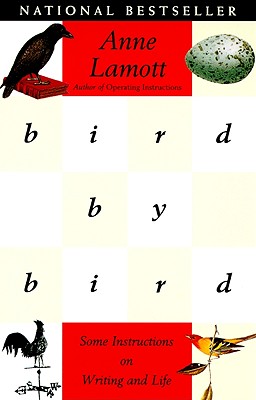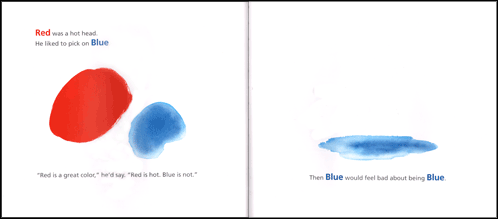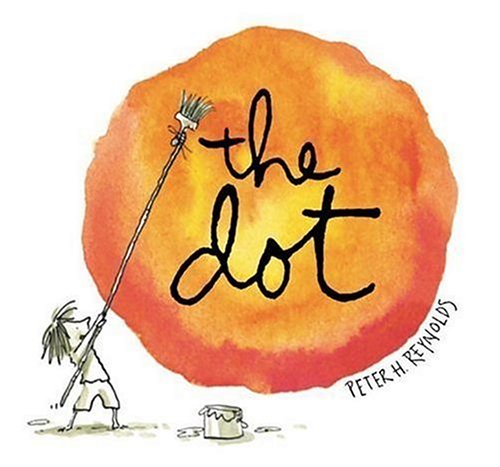Note: To start at the beginning of the series, please visit this post: Why Picture Books?
Today, I want to talk about beginnings.
You dived into sources of inspiration and you came up with an idea and a direction for your picture book.
Now what?
Beginning a picture book is often difficult. You stare at a blank page, not sure what to draw or write. What's the voice going to be like? What colors should I use? Should the writing be minimal and poetic? Should it be lyrical and loquacious? Should it be in first or third person? Should, should should. . ahhh!
One of my critique group members, Angela, once gave me some sage advice that she read in the book Bird by Bird by Anne Lamott:

It was: Write that sh**ty first draft!
You're going to be writing many drafts afterward, so don't worry about mistakes, grammar or punctuation. Don't worry about perfect anatomy and a defined style. Just create. . and embrace the fact that your first draft is not going to be your best work. That will come in the 10th, 14th, 20th draft.
For me, I learned a trick from Kathryn Otoshi. It's called POST-ITS!
This is the entire book of Good Day/Bad Day on five pages of normal printer paper. I've found many advantages to laying out my story using Post-Its:
- Post-Its force you to work small, so you don't labor over details.
- If a line/image isn't to your liking, you can easily replace the post-it with a new one, without disrupting the page order.
- You can rearrange pages to help with the pacing of your book.
- You can see the flow and rhythm of your picture book at a glance. Are you devoting too little time to the climax? Are you spending too much time introducing your character? These are all questions that can be answered when you look at your story from a bird's eye view.
If you don't draw, no worries. Just lay out the text. The Post-Its force you to make room for the illustrations. If your entire post-it is full of text, it probably means you've written too much.
For instance, this page:
By the way, if you need extra help organizing your thoughts on post-its, my friend Rachelle's Storyboard Sticky Jots leaves space for text, images, and labels. How handy is that?
Use post-its, scribble in your sketchbook, type away. Just write that sh**ty first draft.
You may realize that a picture book may not be the best form for your story but hey, you'll never know until you begin.
For my next post, I'll be talking about Feedback and Critique Groups. Until then, happy writing/drawing!















































